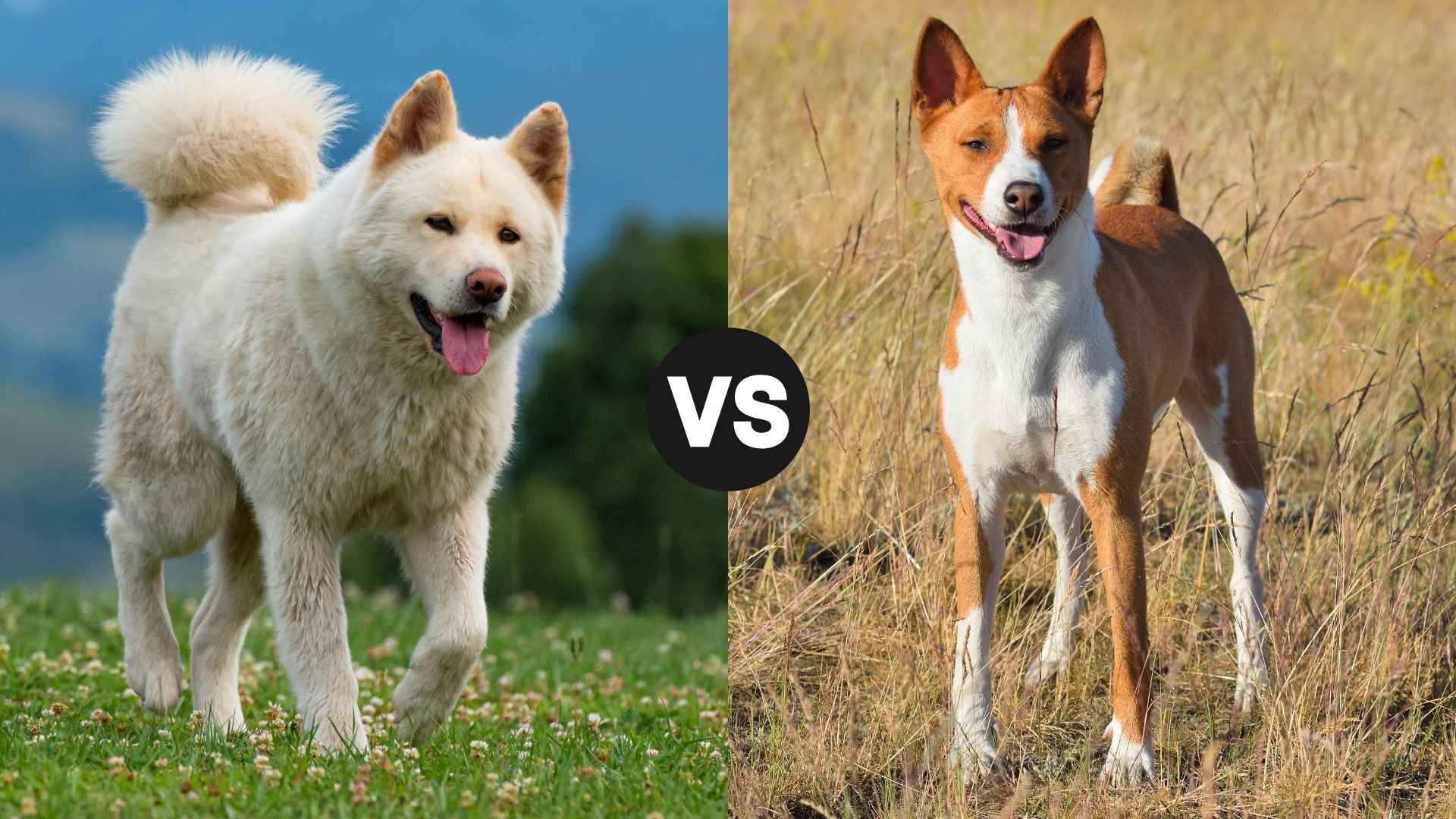What happens when a silent thinker meets a stoic warrior? You get the ultimate face-off: Akita vs Basenji.
These two dog breeds couldn’t be more different, yet both bring something truly special to the table. If you’re looking for a pet with character, intelligence, and a whole lot of personality, this comparison will help you discover which breed could be your perfect match.
The Basenji is famously known as the “barkless dog”—but don’t mistake quiet for boring. These little African charmers are sharp, curious, and packed with cat-like independence. On the other end, the Akita is the silent samurai of the canine world—powerful, proud, and immensely loyal to those they love.
Whether you’re into sleek, agile companions or strong, steady protectors, this deep dive into the Akita and Basenji will unpack their quirks, care needs, and unique traits.
So, before you fall for those big eyes or fox-like faces, read on to find out which breed speaks to your heart, even if one of them literally doesn’t bark.
Akita vs. Basenji
Size and Weight Differences
When you line up the Akita and Basenji side by side, you’re basically comparing a gentle giant to a sleek little sprinter—these two breeds couldn’t be more different in size and weight, making them suited for very different lifestyles and living spaces.
Akita:
Regal. Resilient. Revered. The Akita hails from the snowy mountains of Japan, where it once roamed as a fearless hunter and protector of nobility. Wikipedia noted they were originally bred to track wild boar, elk, and even bears (yes, bears). This powerful breed quickly earned its stripes—not just for strength, but for unwavering loyalty.
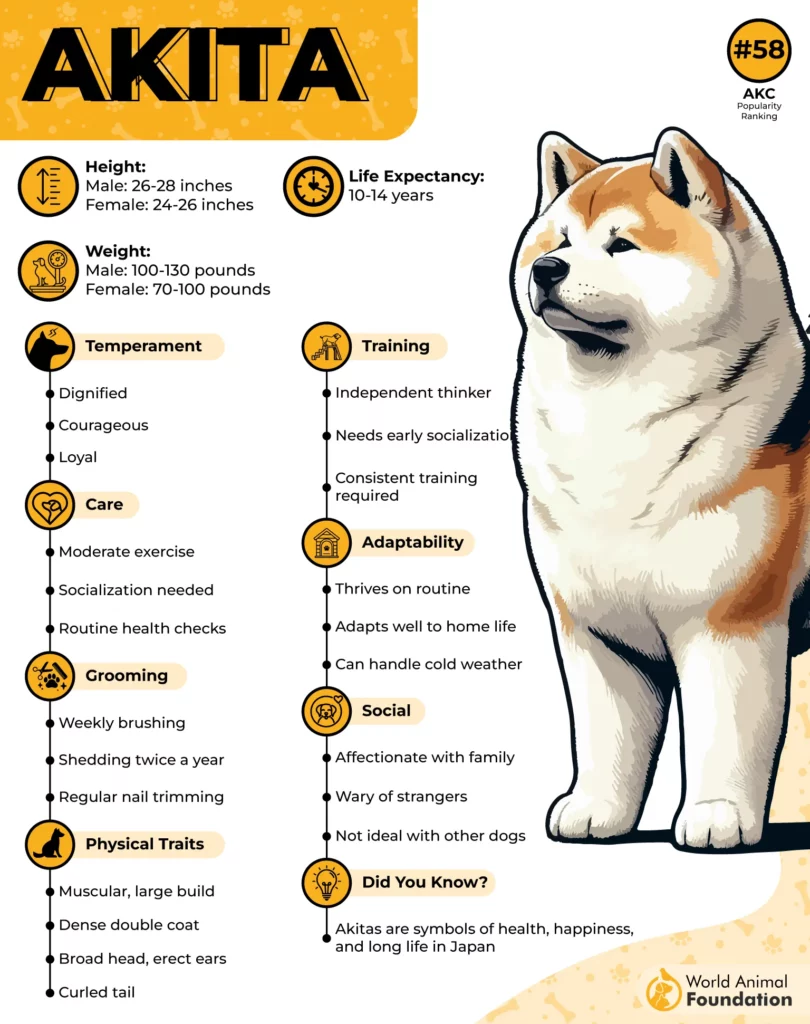
In Japanese culture, the Akita is a symbol of health, happiness, and good fortune, often gifted as a gesture of good wishes. And yes, this is the same breed as the legendary Hachikō—the dog who waited for his owner every single day for nine years after his passing. If loyalty had a mascot, it would be the Akita. Now, let’s talk about just how much majestic fluff you’ll be sharing your home with…
Size and Weight:
Height: 24–28 inches at the shoulder
Weight: 70–130 lbs
Build: Broad, muscular, and imposing—with a thick double coat that says, “I was made for winter.”
First impression: Like a bear, a lion, and a wolf had a dignified, silent baby.
Basenji:
From the heart of Central Africa comes a dog unlike any other—meet the Basenji, also known as the “barkless dog,” says PetMD. This little hunter was bred by ancient tribes for tracking game in dense forests, and it turns out their silent nature made them stealthy and efficient. But don’t be fooled by their quiet mouths—Basenjis are full of personality.

Clever, elegant, and maybe just a little too smart for their own good, they’re known for their cat-like independence, clean habits, and operatic “baroos” (that’s right—they sing, not bark). These dogs were once treasured by Egyptian pharaohs and are often depicted in ancient art.
Royal, refined, and ready to climb your furniture—Basenjis are truly one-of-a-kind. Now let’s see what kind of package all this ancient mystery comes in…
Size and Weight:
Height: 16–17 inches at the shoulder
Weight: 22–24 lbs
Build: Sleek, athletic, and compact with a tightly curled tail—like a furry gazelle in a dog suit.
First impression: The body of a sprinter, the mind of a detective, and the soul of a diva.
Temperament and Personality Traits
Akita:
Akitas are serious, loyal, and famously independent. They don’t bark much, but when they do, it usually means something. These dogs form deep bonds with their humans and are often wary of strangers (read: “I see you. Don’t get too comfortable.”). They don’t clown around, but when they do show affection, it’s deeply meaningful.

Personality: Dignified, protective, independent
Family role: The bodyguard who doesn’t need a paycheck
Social behavior: Aloof with strangers, loyal to family, may be dog-selective
Basenji:
Basenjis are quirky, smart, and wildly entertaining. Purina states first of all, the Basenji doesn’t bark. It will, however, yodel, chortle, or even crow when excited. That’s right—yodel. These pint-sized detectives are curious, mischievous, and sometimes too smart for their own good. Expect a lot of climbing, counter surfing, and side-eye if you’re boring.
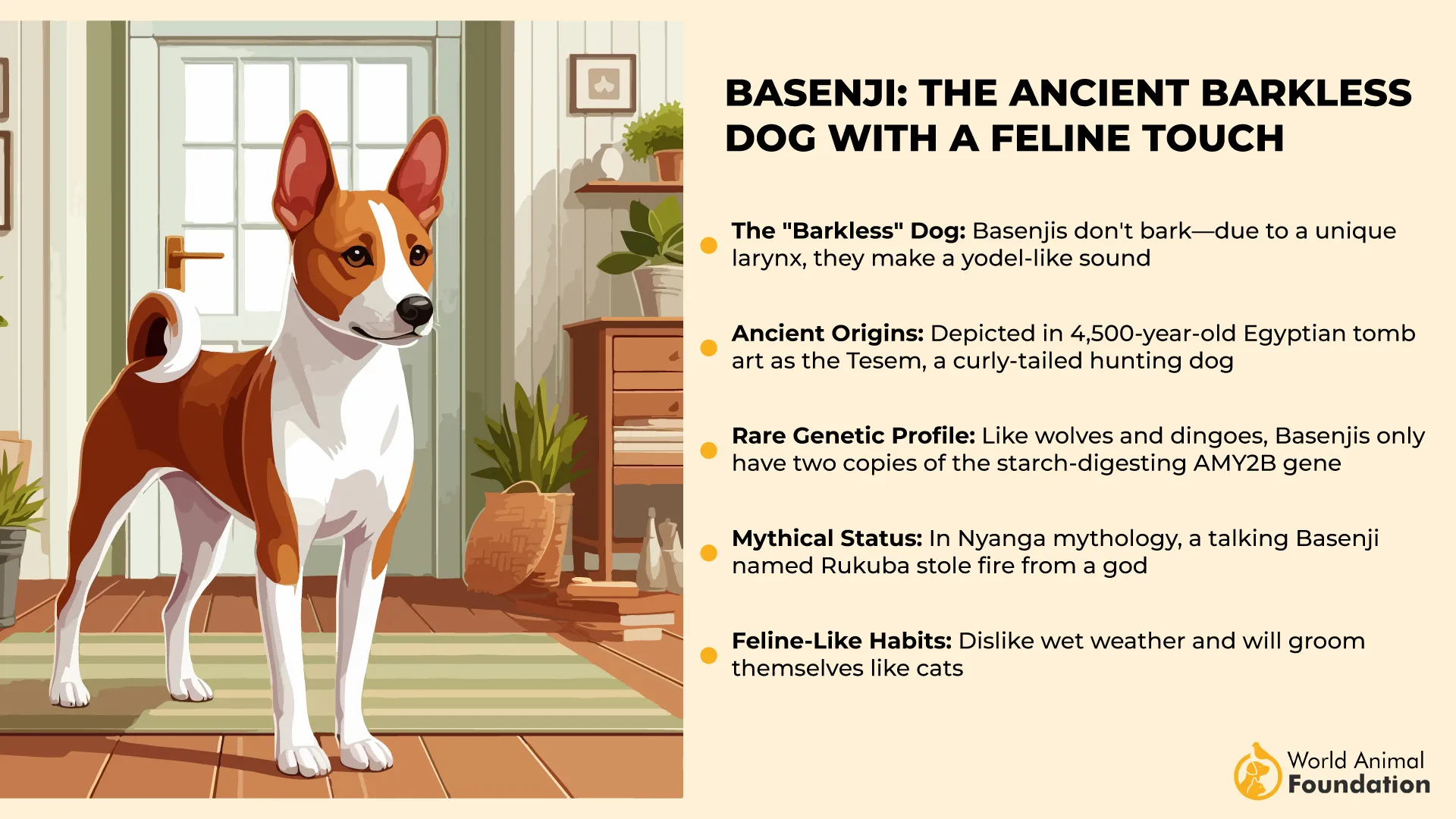
Personality: Alert, mischievous, affectionate (on their terms)
Family role: The prankster who insists on doing things their way
Social behavior: Friendly but not needy; may act more like a cat than a dog
Winner?
If you’re into stoic, loyal companionship, the Akita is your warrior monk. If you want clever, cheeky, and slightly chaotic energy, the Basenji is your little trickster. One’s meditating on a mountaintop, the other’s rappelling off your bookshelf.
Trainability and Intelligence
Akita:
Akitas are brilliant—but they’re not people-pleasers. Training an Akita is like negotiating with a dignified, opinionated samurai who might follow your commands… if he thinks they’re worth his time. They’re independent thinkers, and early socialization and consistent, firm (but positive!) training are absolutely necessary.

Intelligence level: High—but selective with obedience
Trainability: Moderate to challenging (especially for first-time owners)
Attitude: “I heard you. I understand. I just don’t feel like it.”
Pro tip: They thrive with confident, experienced owners who establish clear boundaries without harshness.
Basenji:
Basenjis are clever little schemers. They’ll learn commands in a flash—and immediately decide how to bend the rules for fun. Training a Basenji is less about obedience and more about convincing them that listening to you is in their best interest. Think of them as a feline in a dog’s body with a taste for mischief.
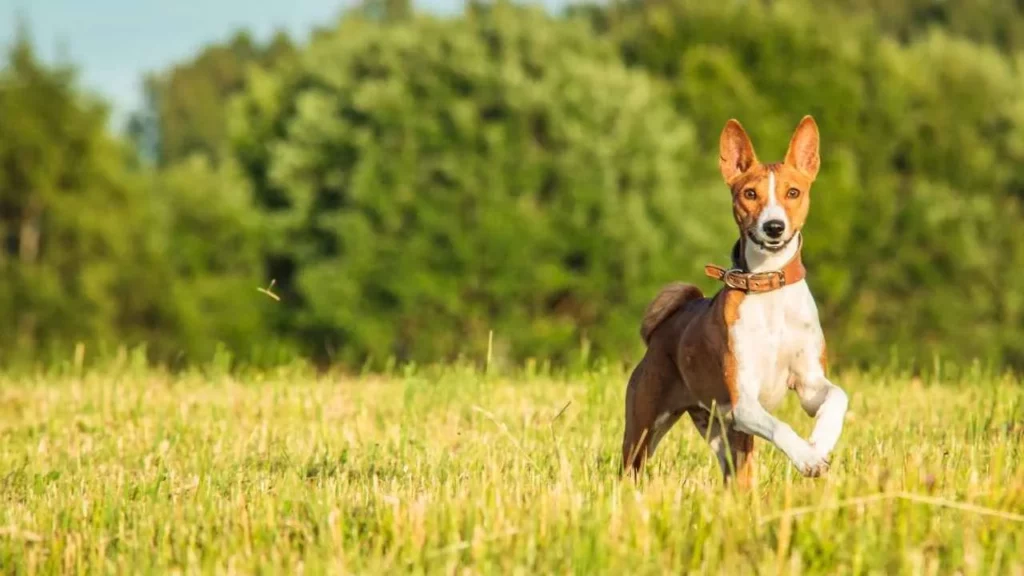
Intelligence level: Very high—sometimes too high
Trainability: Challenging (especially if you expect a Labrador-style eager-to-please response)
Attitude: “I could do it, but where’s the fun in that?”
Pro tip: Make it a game. Use food. Praise like they just cured cancer.
Energy Levels and Exercise Needs
Akita:
Despite their size and strength, Akitas aren’t hyperactive. They’re like furry bodybuilders who enjoy a good workout but are also totally cool with a Netflix binge after. Daily walks, a bit of playtime, and mental stimulation are key—but they won’t redecorate your living room if bored (well, usually).
Energy level: Moderate
Exercise needs: 45–60 minutes per day
Ideal activities: Long walks, structured play, hiking, and protective sports
Indoor vibe: Calm, quiet, and low-drama (unless provoked)
Basenji:
If you don’t like movement, Basenjis are not for you. These dogs are bouncy, zippy, and always on a mission (usually unauthorized). They need lots of physical activity and mental enrichment to stay sane—and so do you, if you own one. Without it, you might find your furniture disassembled or your socks relocated.
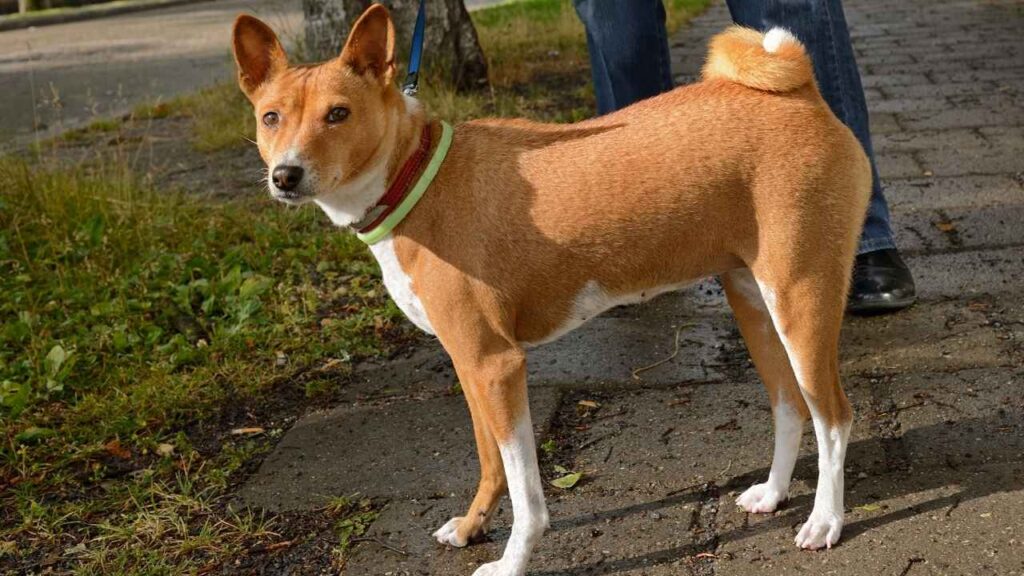
Energy level: High
Exercise needs: 1–2 hours a day, minimum
Ideal activities: Running, agility, puzzle toys, and anything that prevents boredom
Indoor vibe: Zoomies at 2 a.m. if under-exercised
Winner?
If you want to chill with a bit of strength training, go to Akita. If you want a daily cardio partner who doubles as an acrobat, the Basenji is your wild child. Just remember: Basenji energy doesn’t come with an off switch—you get what you sign up for!
Playfulness and Activity Preferences
Whether it’s bounding through the yard or entertaining themselves with a quirky toy routine, the Akita and Basenji have very different ideas of what “fun” looks like—one’s more of a reserved play partner, while the other is a furry little parkour artist.
Akita:
Don’t let the Akita’s serious face fool you — when they want to play, they get into it. But they’re not your hyperactive ball-chasing maniacs. Think more “slow and steady” with a dash of strength. Tug-of-war, gentle wrestling, or a relaxed game of fetch suits them best. They love mental challenges and games that let them show off their smarts, like puzzle toys or scent work.
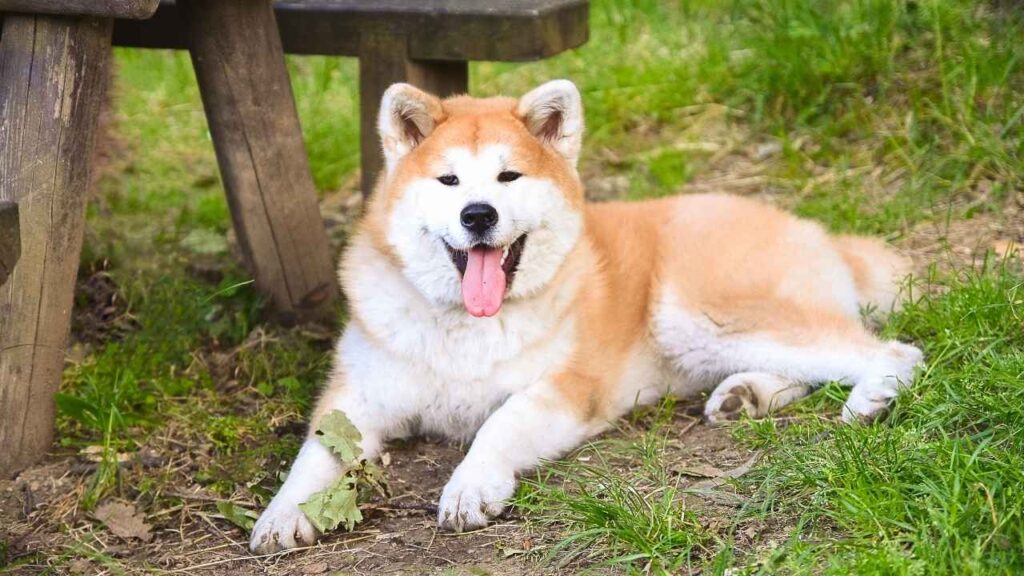
Favorite activities: Walks, hiking, scent games, calm play sessions
Play style: Thoughtful, controlled, occasionally goofy (but don’t expect them to bounce off the walls)
Social play: Usually prefers human company or carefully chosen dog friends
Basenji:
Basenjis are playtime dynamos! They love to run, jump, chase, and generally create adorable chaos. Play with a Basenji and be ready for lightning-fast moves and unexpected sprints around the room—zoomies are basically their cardio routine. They adore interactive play, agility courses, and anything that challenges their sharp minds.
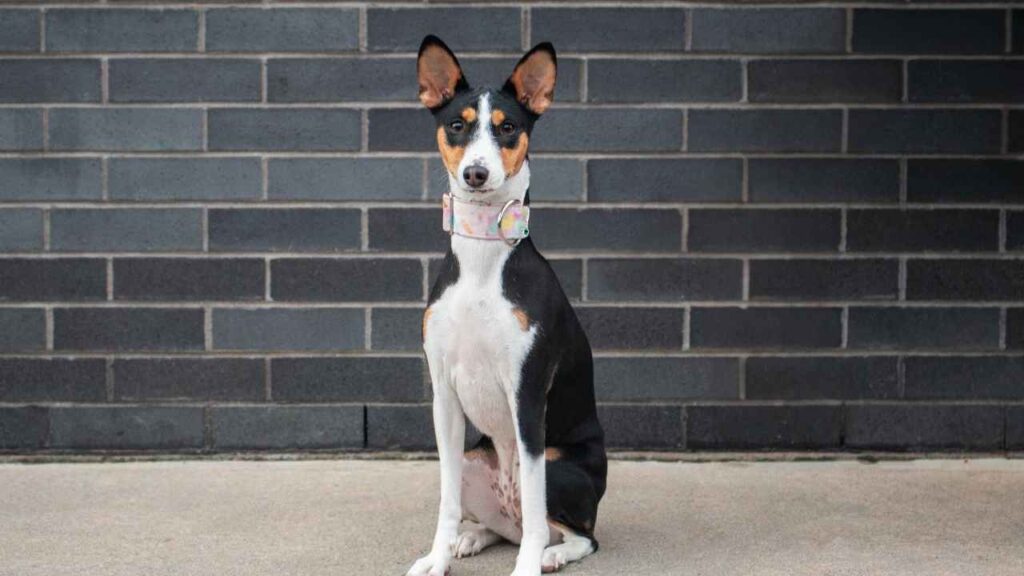
Favorite activities: Running, agility, fetch, hide-and-seek, exploring
Play style: Energetic, fast, mischievous, sometimes a little too enthusiastic
Social play: Independent but loves playful interaction, especially when in the mood
Dietary Needs and Weight Management
Akita:
With their larger size, Akitas require a well-balanced diet rich in quality protein to maintain their muscular frame. They’re prone to weight gain if overfed or under-exercised, so portion control and regular activity are key. They also benefit from diets that support joint health—after all, carrying all that dignity requires strong knees!
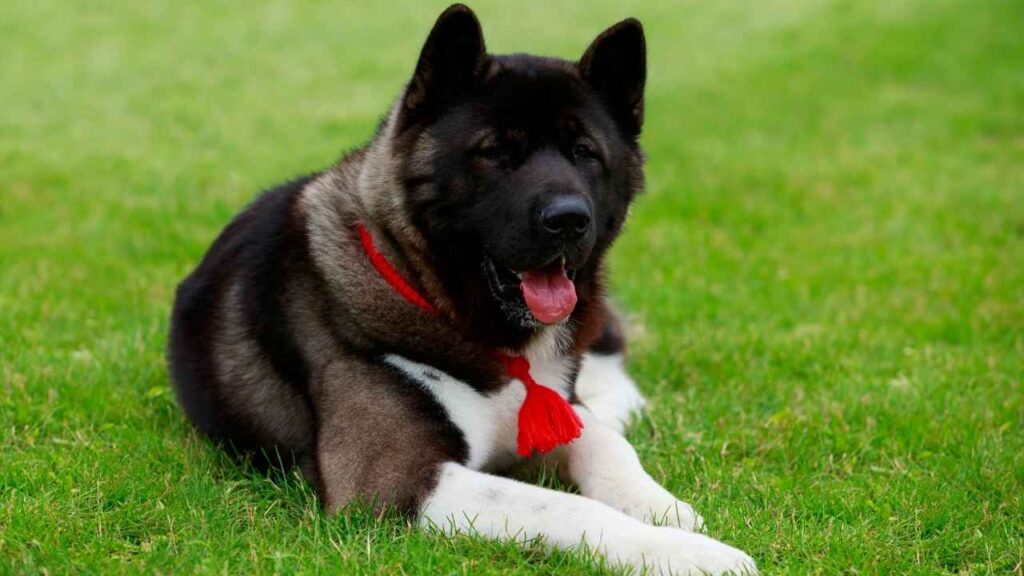
Calorie needs: Moderate, adjusted for activity level
Feeding tips: High-quality kibble or raw diet, avoid overfeeding treats
Watch out for: Obesity and hip dysplasia-related issues
Weight management: Regular exercise and portion monitoring are essential
Basenji:
Basenjis are naturally lean and tend to stay trim, thanks to their high energy and fast metabolism. But their mischievous nature sometimes means they’ll steal snacks or find trouble in the trash, so watch those calories! A diet high in protein and low in fillers keeps their sleek frame in top shape.
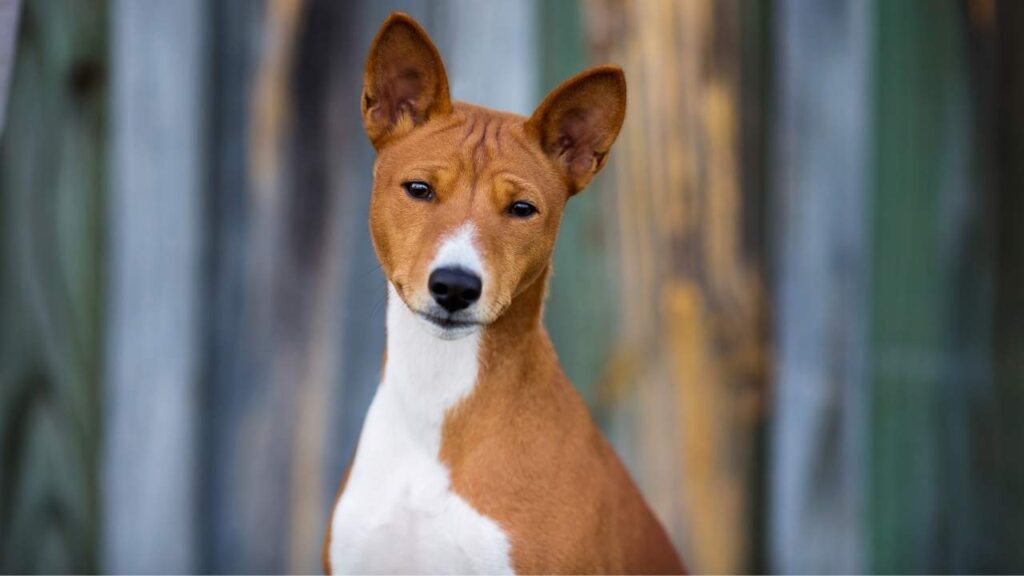
Calorie needs: Relatively high due to energy demands
Feeding tips: Quality protein-focused diet, avoid too many treats
Watch out for: Sensitive stomachs and food allergies in some lines
Weight management: Plenty of exercise and a secure kitchen cabinet are musts
Health Conditions and Lifespan
Every dog breed comes with its own health quirks and average lifespan, and the Akita and Basenji each have their unique challenges and strengths that can help you prepare for a long, happy journey together.
Akita:
Akitas are generally robust, but like any noble warrior, they have a few vulnerabilities to watch out for. Common health issues include hip dysplasia (those big joints need care), autoimmune disorders, and hypothyroidism. They’re also prone to something called “gastric torsion” (aka bloat), a scary stomach twist that needs quick vet action.
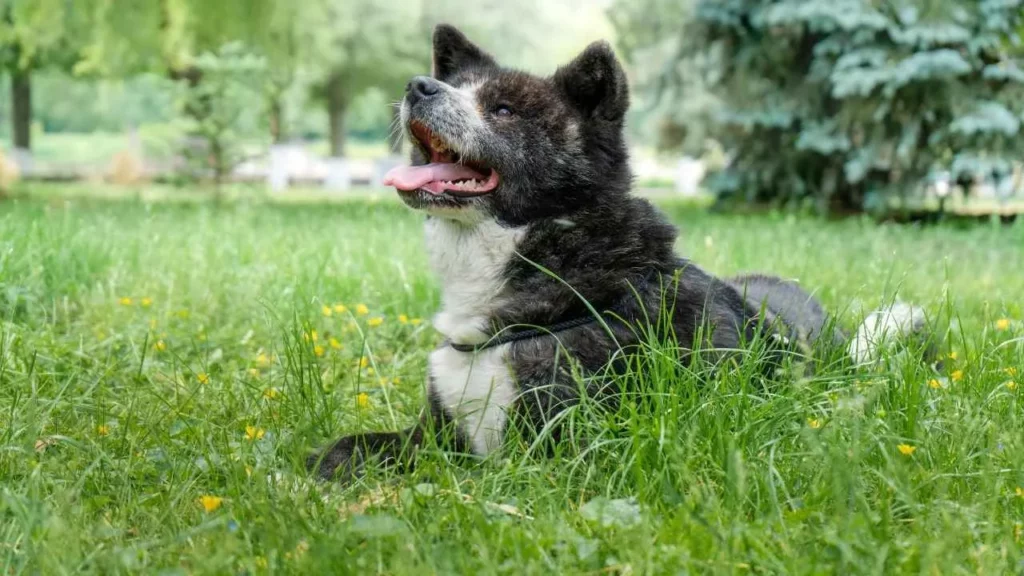
Lifespan: 10–15 years (pretty solid for a large breed!)
Common concerns: Hip dysplasia, autoimmune diseases, bloat, thyroid issues
Tip: Regular vet check-ups and moderate exercise help keep your Akita battle-ready
Basenji:
Basenjis are known for good overall health, but they do have some breed-specific quirks like Fanconi syndrome (a kidney disorder), progressive retinal atrophy (eye problems), and hip dysplasia (though less common). Their small size and active lifestyle usually help them stay fit and healthy.
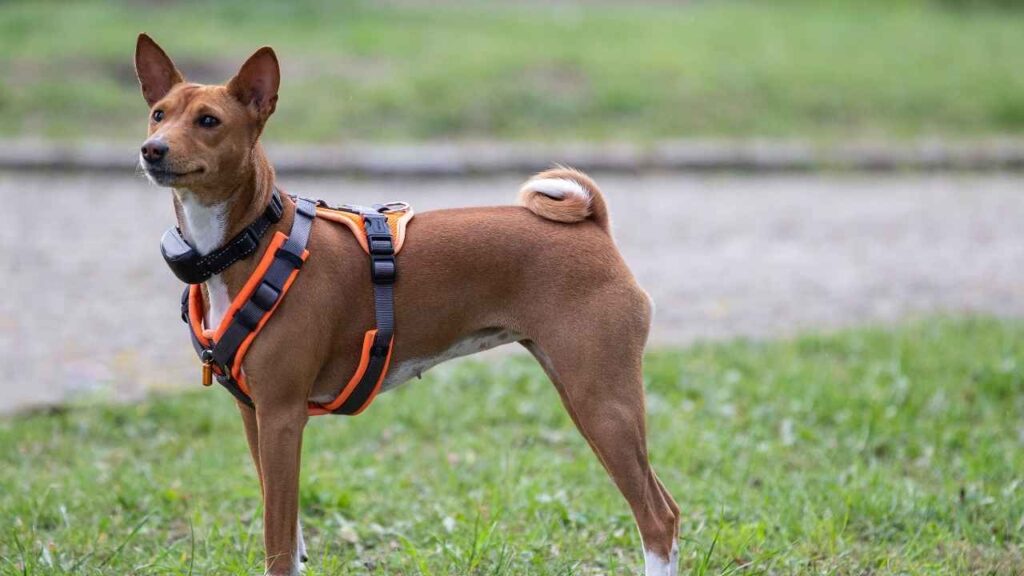
Lifespan: 12–16 years (they tend to live long and well!)
Common concerns: Fanconi syndrome, eye disorders, hip dysplasia
Tip: Genetic testing and regular eye exams are smart moves for these agile little dynamos
Allergies and Grooming Requirements
Akita:
Akitas have a thick double coat that’s as beautiful as it is everywhere—on your clothes, furniture, and floors. They shed heavily twice a year, turning your home into a fluffy snow globe. Regular brushing is a must to keep shedding manageable and their coat shiny. Bathing should be occasional—these dogs are pretty clean on their own.
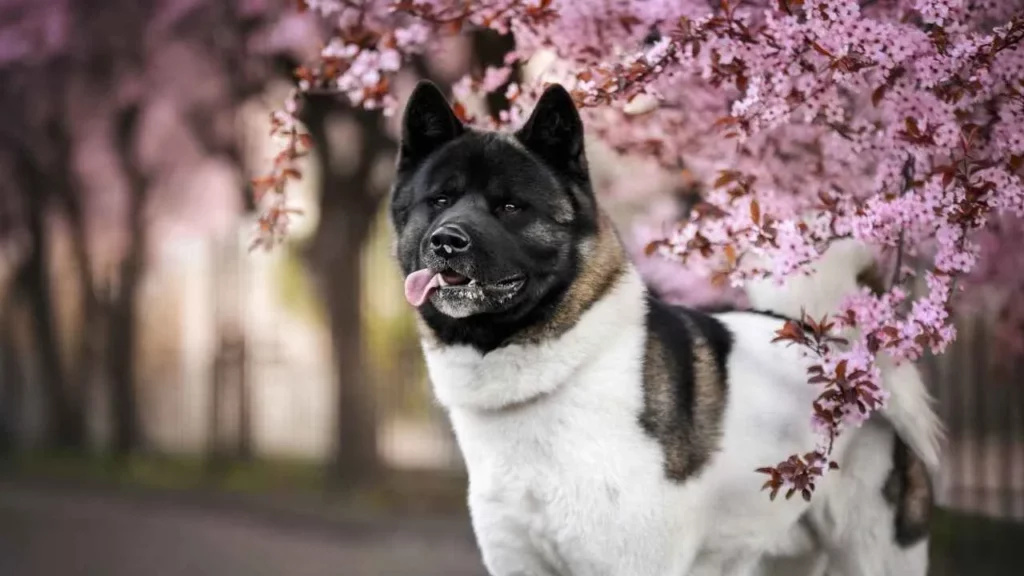
Shedding: Heavy, seasonal blowouts twice yearly
Grooming needs: Weekly brushing; daily during shedding season
Allergy potential: Moderate (lots of dander)
Other care: Nail trimming, ear cleaning, and dental hygiene
Basenji:
Basenjis are the neat freaks of the dog world—they groom themselves like cats and have almost no “dog smell.” Their short, fine coat requires minimal grooming. They shed very little and only need occasional brushing. Basenjis are great for allergy sufferers who can tolerate a little dander.

Shedding: Very low
Grooming needs: Occasional brushing; regular nail and dental care
Allergy potential: Low to moderate (better for some allergy sufferers)
Other care: Keep ears clean and watch for skin sensitivities
If you want a majestic fluff cloud that requires some serious brushing sessions, the Akita is your king. If you prefer a sleek, low-maintenance companion with the elegance of a dancer, the Basenji fits the bill.
Conclusion
When comparing the Akita and the Basenji, it’s important for any dog owner, especially a first-time one—or even a dad looking for a family pet—to understand each breed deeply. The Akita is a strong, loyal member of the family, while the Basenji, often called the “barkless dog,” is known for being intelligent, agile, and clean, requiring minimal grooming. While both can be good dogs, their personalities differ. Basenjis may remind some of a terrier, while Akitas are closer in behavior to huskies or boxers. Akitas can become aggressive or show biting tendencies if not properly raised, while Basenjis can be mischievous and aloof.
The type of person you are and the time you have matter—Basenjis sleep a lot and like independence, while Akitas require firm leadership. Both breeds can be mixed with other breeds, like the beagle, adding unique traits. Males usually weigh more, and each puppy brings its own personality. The fact is, neither is an ordinary pet. Take your time, think about every word used to describe these dogs, and remember—choosing a dog isn’t just a thing, it’s a lifelong change that should leave you and your companion truly content.


